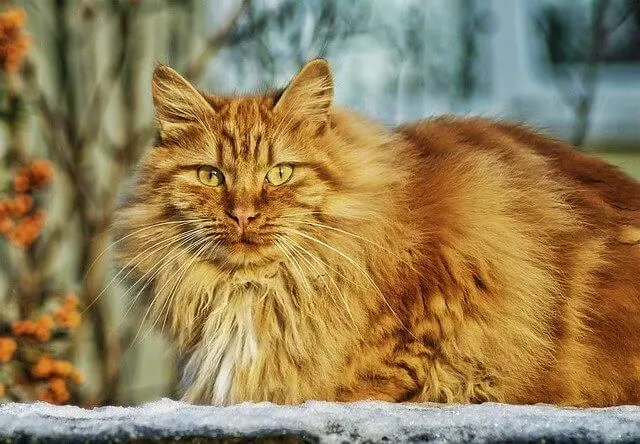Nail-biting is typical prepping conduct for cats. It is an ordinary piece of a cat preparing routines. Cats’ mouths and paws are objects to examine their world, it is normal for them to bite. But cats can figure out how to restrain the power of their nibbles and utilize delicate paws without claws.
Cats may masticate nails for each unique reason, and it is essential to recognize them to help control the biting. The expression nail-biting experience goes brings a glove with uneasiness and conflict.
The same connection appears to remain constant for cats, too. While cats are not typically genuinely devoted nail groomers.
A little cat nibbles due to socialization issues, while a grown-up cat may chomp for an alternate reason. Little cats grow great habits through connections with different cats and their mother.
A well-socialized cat that knows the principles of cat play shows the best exercise for kittens. Kittens can likewise nibble as a method of imparting a need, as a method of investigating their environment.
Reasons for biting nails
- Medical conditions
Basic ailments can prompt nail-biting in cats due to irritation. Common medical causes include; Ringworm, pemphigus, infection, vomiting, brittle and thick nails, most often seen in older cats.
- Behavioral
Some cats can proceed to create a social issue that can show by biting the hooks too much which is like nail-biting in humans. Any impulsive conduct goes about as a self mitigating instrument when your cat is feeling stressed, anxious, bored, or desolate. It can take on a wide range of structures, for example. Over-grooming, hair pulling, fleece sucking, and pica.
What to do about nail biting
In most cases, literally, nothing must be done, as the conduct itself isn’t inherently damaging. However, since it infers some anxiety, you should get to the base of the issue and address any continuous reasons for worry that might be playing your cat.








